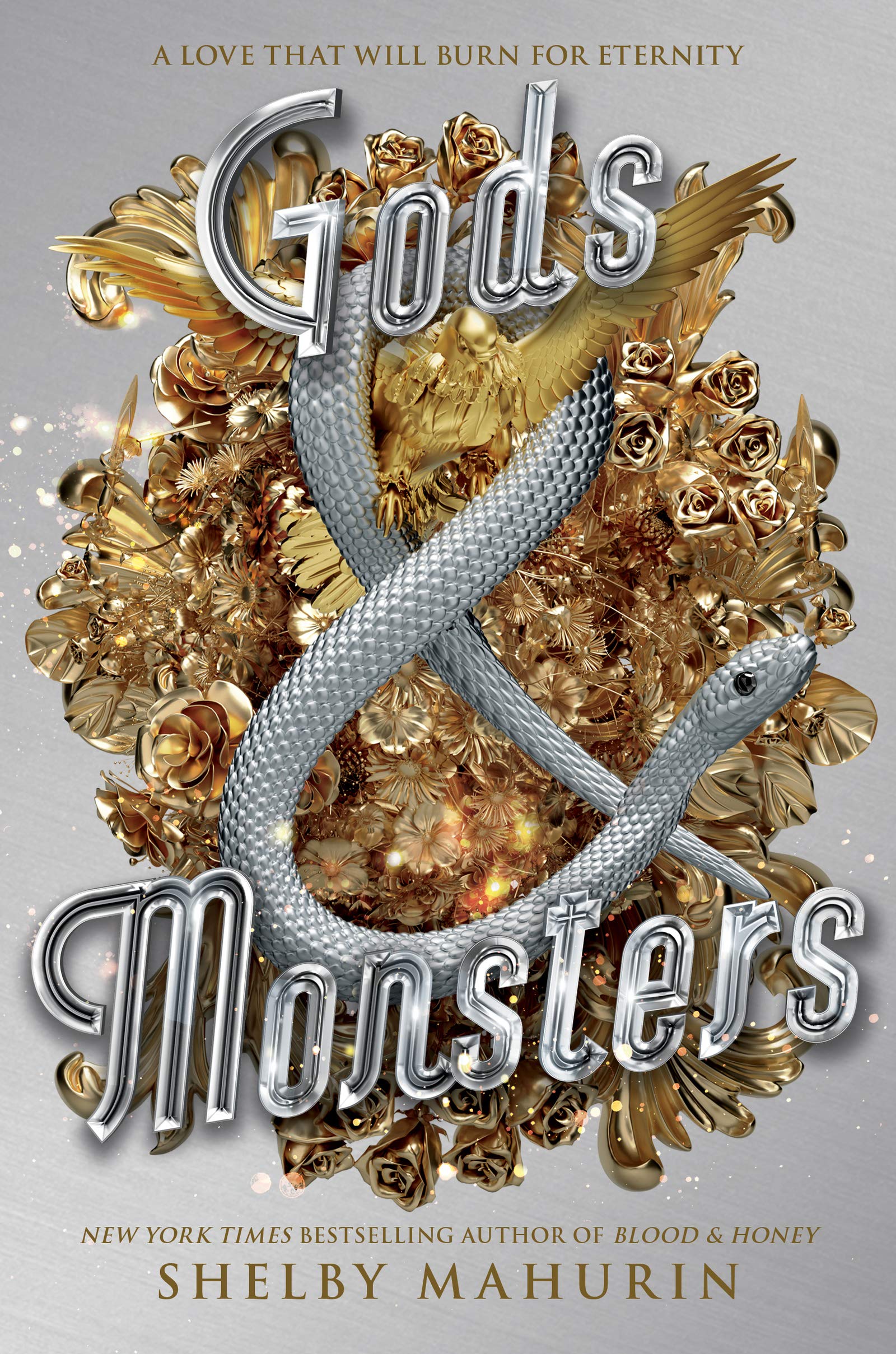
Gods & Monsters
It Ends in Hope
by Mahurin, ShelbyThe chapter opens with Lou reflecting on the first time she slept beside Reid, which was prompted by her fear of her mother after a warning from Madame Labelle. She recalls dreaming of Reid’s book, *La Vie Éphémère*, which he had gifted her earlier that day. The dream was unsettling, mirroring the tragic love story of Emilie and Alexandre, who died young but brought peace to their feuding families. Lou’s dream, however, replaced the characters with herself and Reid, leaving her with a sense of unease upon waking.
Lou’s nightmare is tied to her anxiety about her mother, and the memory of the dream lingers as she holds her mother in her arms. The contrast between the peaceful image of Emilie and Alexandre in the book and the harsh reality of her own situation is stark. Lou emphasizes that her current experience is neither peaceful nor easy, highlighting the emotional turmoil she faces. The chapter underscores how her fear and unresolved feelings about her mother continue to haunt her.
Reid’s presence and his book serve as a recurring motif in the chapter, symbolizing both comfort and foreboding. His words about *La Vie Éphémère*—that it “ends in hope”—echo in Lou’s mind, suggesting a glimmer of optimism amidst her distress. The juxtaposition of the tragic yet hopeful ending of the book with Lou’s own struggles creates a poignant tension. Reid’s influence on Lou is evident as she grapples with her emotions, clinging to his words for solace.
The chapter concludes with Lou’s introspection, as she contrasts the idealized resolution of the book with the messy reality of her life. Reid’s assertion that the story ends in hope lingers, hinting at a possible path forward for Lou despite her current pain. The narrative captures her internal conflict, blending fear, memory, and a tentative sense of hope. The chapter leaves the reader with a sense of unresolved emotion, setting the stage for further development in Lou’s journey.
FAQs
1. What symbolic significance does Reid’s book La Vie Éphémère hold in Lou’s dream, and how does this connect to her current situation with her mother?
Answer:
In Lou’s dream, La Vie Éphémère symbolizes both love and mortality. The story depicts Emilie and Alexandre lying together in a tomb, their tragic end leading their families to reconcile. Lou dreams of herself and Reid in their place, foreshadowing her fear of a similar fate—being consumed by her mother’s legacy. This connects to her present moment holding her mother, where she realizes their relationship lacks the peace of the fictional couple’s resolution. The book’s theme of “hope beyond death” (as Reid emphasizes) contrasts with Lou’s grim reality, highlighting her struggle to find hope in their strained bond.2. How does the chapter use contrasting imagery to explore Lou’s emotional conflict?
Answer:
The chapter contrasts two powerful images: the peaceful, artistic depiction of Emilie and Alexandre’s eternal rest versus the tense, unsettling reality of Lou holding her mother. The dream sequence features “cold fingers touching forevermore” and grieving parents making peace, while Lou’s waking life is marked by “nothing peaceful” and unresolved trauma. This juxtaposition emphasizes Lou’s inner turmoil—her desire for reconciliation clashes with the painful complexity of her relationship with her mother. The dream’s idealized resolution starkly differs from her messy, emotional present.3. Analyze how Reid’s statement—”It doesn’t end in death. It ends in hope”—serves as a thematic anchor for the chapter.
Answer:
Reid’s line encapsulates the chapter’s central tension between despair and optimism. While Lou’s nightmare and her mother’s looming presence evoke death (both literal and metaphorical—the death of peace, trust, or love), Reid’s perspective reframes suffering as a pathway to hope. This idea anchors Lou’s reflections: she clings to his words while grappling with fear, suggesting her journey may ultimately transcend cycles of trauma. The chapter leaves this hope tentative, however, as Lou’s physical embrace of her mother remains fraught with unease, implying hope is aspirational rather than realized.4. How does the chapter frame the relationship between dreams, memory, and foreshadowing?
Answer:
Lou’s dream blends memory (Reid’s book, her mother’s warning) with prophetic undertones. The nightmare about her and Reid’s bodies replaces Emilie and Alexandre’s, mirroring her subconscious fear that their love might meet a tragic end. This intertwines with Madame Labelle’s warning (“She is coming”), which haunts Lou’s waking life. The dream also becomes a lens for her present—when holding her mother, she recalls the fictional tomb scene, suggesting her past (the dream) and present (her mother’s embrace) are in dialogue, foreshadowing an unresolved emotional reckoning.
Quotes
1. “The first time I’d slept beside Reid, I’d dreamed of him. More specifically, I’d dreamed of his book. La Vie Éphémère.”
This opening line establishes the deep connection between Lou and Reid through the symbolic book, foreshadowing how their relationship mirrors the tragic yet hopeful story within its pages.
2. “Fear of my mother had literally driven me into his arms.”
This concise statement captures Lou’s vulnerability and the primal motivation behind her bond with Reid, revealing how trauma shapes human connections.
3. “It was of this scene I’d dreamed, except it hadn’t been Emilie’s and Alexandre’s bodies, but mine and Reid’s.”
Lou’s dream sequence powerfully merges the fictional tragedy with her own reality, creating a poignant parallel that underscores the chapter’s themes of love and mortality.
4. “There was nothing peaceful about this. Nothing easy.”
This stark contrast to the earlier dream imagery reveals the harsh reality Lou faces, emphasizing that real relationships are more complex than romantic ideals.
5. “It doesn’t end in death. It ends in hope.”
Reid’s recurring line serves as the chapter’s emotional climax and thesis statement, transforming the tragic undertones into a message of resilience and optimism.
